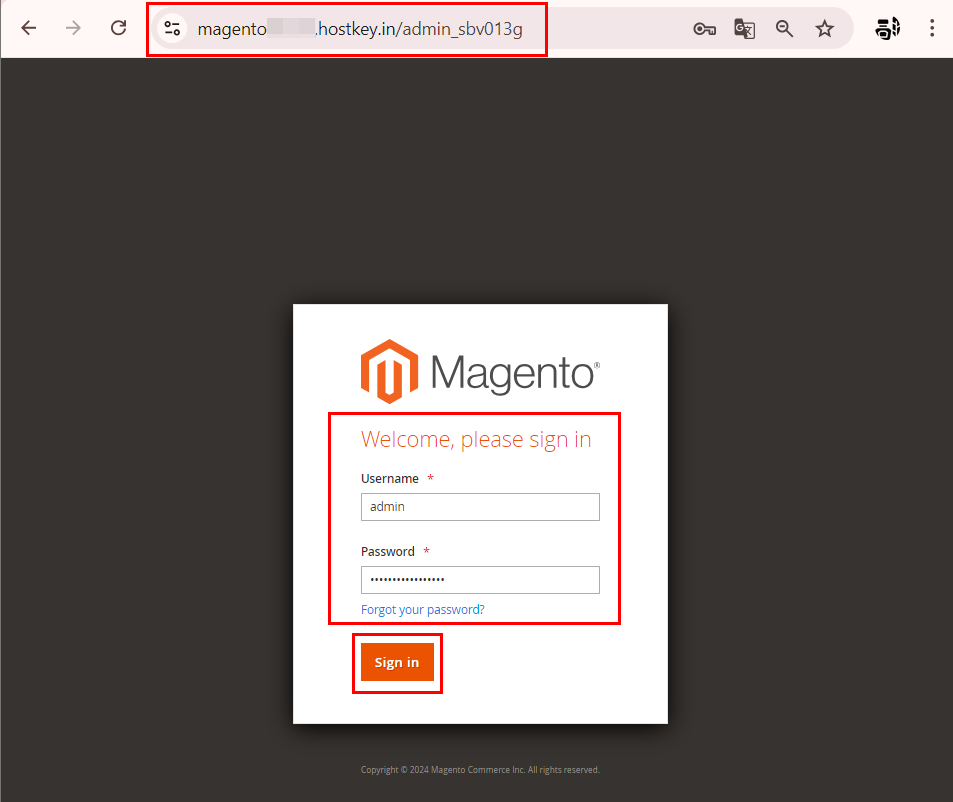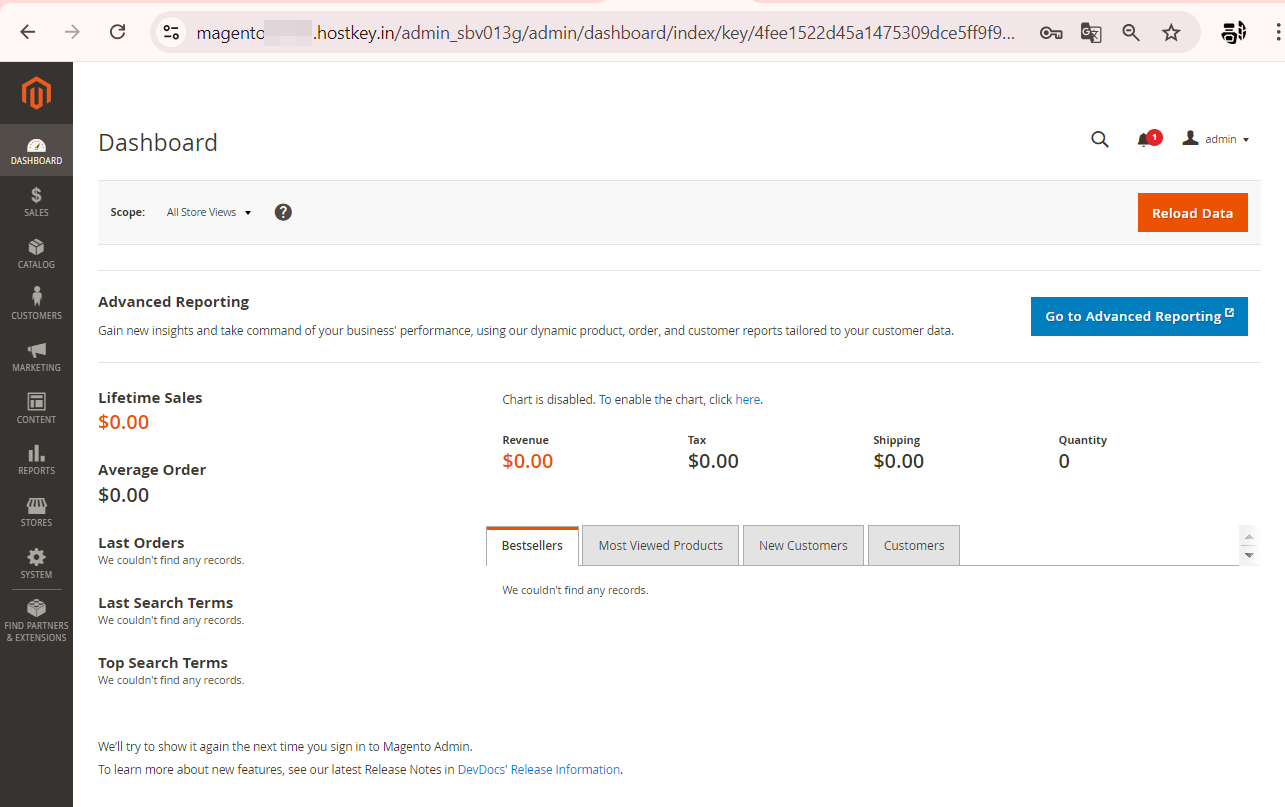Magento¶
In this article
Information
Magento is an open-source e-commerce platform designed for building complex and scalable online stores. Developed using PHP, Magento offers a wide range of features for managing online sales, including catalog management, order processing, and analytics. Due to its flexibility and extensive ecosystem of extensions, Magento is suitable for creating online stores of various sizes—from small boutiques to large corporate e-retailers.
Magento: Key Features¶
- Magento allows you to create an unlimited number of products with detailed descriptions. It supports building complex catalogs with multi-level categorization, cross-selling, and related products.
- The platform provides a customizable checkout process with support for numerous payment methods, including integration with popular payment gateways. A flexible shipping cost calculation system is implemented, taking into account various parameters.
- Magento offers a convenient admin panel for managing orders, inventory, customers, and store content. Tools are available for managing multiple stores from a single admin panel.
- The platform provides various options for customizing the design and functionality of your store. Adaptive themes can be created, and functionality can be extended using modules.
- Magento implements an advanced pricing system, including management of discounts, coupons, and loyalty programs. Tools for SEO optimization, email marketing, and integration with CRM and ERP systems are available.
- The platform provides tools for analytics and reporting, including detailed reports on sales, products, customers, and marketing campaigns.
Deployment Features¶
| ID | Compatible OS | VM | BM | VGPU | GPU | Min CPU (Cores) | Min RAM (Gb) | Min HDD/SDD (Gb) | Active |
|---|---|---|---|---|---|---|---|---|---|
| 198 | Ubuntu 22.04 | + | + | + | + | 4 | 4 | 60 | Yes |
- Installation time takes 30-40 minutes, including the operating system setup.
- Magento + SSL installation in the hostkey.in domain.
- Recommended configuration: at least 4 vCPU, 4 GB RAM, 60 GB SSD.
- Installed software:
- PHP with modules: mysql, curl, gd, intl, xsl, zip, soap, bcmath;
- Apache;
- MariaDB;
- Composer.
- Magento path:
/var/www/html/magento2. - Configuration file path:
/var/www/html/magento2/app/etc/env.php. -
To customize the installation, make edits to the Magento and Apache configuration files. After changes are made, restart Apache:
-
The web interface will be accessible at:
https://magento{server_id}.hostkey.in. - By default, Opensearch (located at
localhost:9200) is used as the search index. However, Elasticsearch is downloaded to the/rootdirectory and can be used if needed (additional configuration required).
Note
Unless otherwise specified, by default we install the latest release version of software from the developer's website or operating system repositories.
Getting Started After Magento Deployment¶
After your order is paid, you'll receive an email notification to the address registered during checkout, informing you that your server is ready for use. This email will include the VPS IP address, as well as login credentials for connection. Our company's clients manage their servers through a control panel and API — Invapi.
You'll find your authorization details here:
- Login - Sent to your email address after the server is ready for use following software deployment.
- Password - Sent to your email address after the server is ready for use following software deployment.
Configuring Access to the Magento Admin Panel via Web Interface¶
The link to the admin panel is unique and generated during the installation process. To find it, execute the following command:
from the /var/www/html/magento2 directory.
- The full admin panel URL will look like this:
https://magento{server_id}.hostkey.in/admin_{unique_id}; - Admin panel login credentials:
admin/ password provided in the deployment email.
The administrator email address is set to [email protected].
Accessing Your Magento Database¶
Here are the database access credentials:
db_name:magentodb_user:magentodb_password:magento
Additionally, here are some parameters that you should review and modify as needed:
timezone: UTClanguage: en_UScurrency: USD
Adobe Repository Access Keys¶
After installing Magento, you'll need to add your Adobe client keys to the /root/.config/composer/auth.json file manually:
"username": "{public_key}""password": "{private_key}"
Logging In and the Initial Menu¶
To access the admin panel, go to https://magento{server_id}.hostkey.in/admin_{unique_id} and enter the following credentials: Username - admin, Password - from the deployment email. Then click the Sign in button:

After successful authentication, you'll be redirected to the admin panel homepage:

Note
Detailed information about basic Magento settings can be found in the developer documentation.
Ordering a server with Magento using the API¶
To install this software using the API, follow these instructions